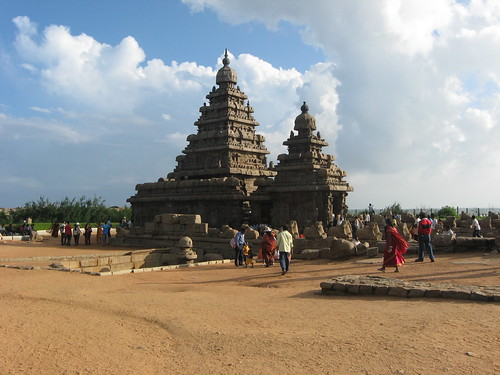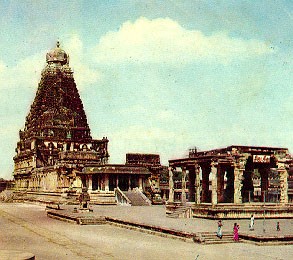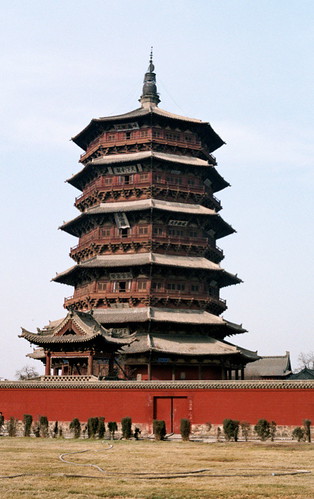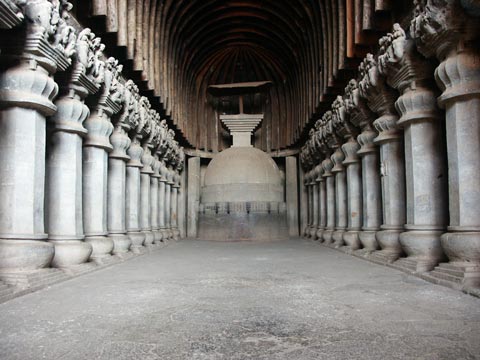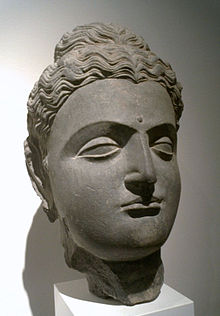 |
| Buddha (Tibet, 1700-1800) |
OK, so we've looked at early representations of the Buddha (from Gandhara) and we've looked at a later example (from Sarnath) which shows the early form refined into a classic formula. Now it's time to consider how that classic formula gets taken up & refined by different cultures, outside India.
 |
| Buddha (Korea, AD 900-1100) |
We should keep in mind that, while the Buddha is in some sense a representation of an abstract ideal, the Buddha is also a specific material subject. In Africa we looked at how different cultures portrayed similar abstract ideals (kingship, power, the relationship between men and women, the ideal child) but always through subject matter that varied from specific culture to specific culture. The Buddha is a subject matter than can "belong" to any people. The Buddha crosses all boundaries.
 |
| Buddha (Thailand, 14th c.) |
The Buddha is not just art
from the world; the Buddha
is art of the world. There are many peoples, many forms of Buddhas, many styles of Buddhas, many Buddhas, but at the same time, all Buddhas are one.
Some different examples of Buddhas





